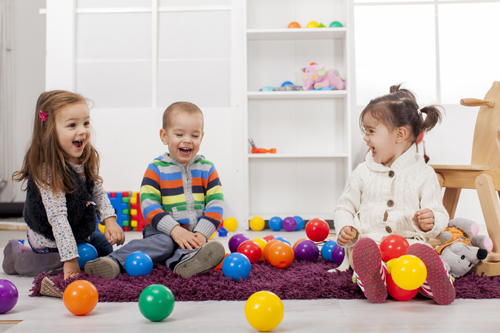There are lots of different activities that are appropriate for toddlers. The best thing about toddlers is that they are very easy to engage and entertain. While some of the activities could be physical, a few involve printable artwork. Most of these printable activities for toddlers test their artistic skills and orientation. Printable activities also teach children concentration, dexterity and improve their cognitive development. Here are some of the printable activities that are appropriate for toddlers.
-
 Colouring Craft. This is the most common form of printable activity. The best part about colouring craft is that it can represent any theme or goal that you are seeking. It’s also possible to have it designed to match the age-appropriate cognitive challenge for the kids. Colouring craft is the best form of printable challenge that can be matched for any age from 2-10. Colour matching is such a stimulating assignment for most kids.
Colouring Craft. This is the most common form of printable activity. The best part about colouring craft is that it can represent any theme or goal that you are seeking. It’s also possible to have it designed to match the age-appropriate cognitive challenge for the kids. Colouring craft is the best form of printable challenge that can be matched for any age from 2-10. Colour matching is such a stimulating assignment for most kids. - Drawing. This is the second form of printable art. Toddlers can be given an assignment to draw particular object or time. They can also be challenged to name individual items that have been drawn on a sheet of paper. Just like any other printable, they are easy to manage and administer to toddlers. The best part about it is that there are lots of sites online with a variety of printables for kids of all ages.
III. Joining The Dots. Joining numbered dots is easier than drawing an item or image. It works particularly well for the younger children who haven’t developed their drawing skills yet. Joining the dots can involve even higher-level complex images that are above a kid’s intelligence or understanding. Sometimes the dots can be numbered to make it easy for the toddlers. The dots can also be left blank, and the kid has to figure out which dots to join before the image starts making sense.
III. Filling Blank Spaces. Words can be printed on paper with certain letters missing. The kids are then supposed to figure out which letters have been omitted and fill them up. This is often more enjoyable when the cluster of words involved are pretty similar. For example, the group of words could be names of domestic animals, house items, stationery or parts of an object.
- Grouping Items. Grouping of items is such an exciting and engaging form of activity for toddlers. Lots of things can be drawn on a piece of paper, and the kids are then asked to list them in order of relations. The clusters could be wild animals or objects whose initial letter is the same. It could also involve items that sound similar in their pronunciation. The most important thing to note is to always to make sure that the particular printable craft matches the level of cognitive development for the kids involved.
 Concentrating on both conventional child care services, as well as plans more related with early education, the report by Economic Analysis of the Early Care and Education Sector documents the size, range, and economic breath child care. This citation stated that the early child care and education industry produce over 4.6 billion dollars annually. The sector employs almost 121,000 workers in more than 21,000 child care industries, serves more than 621,000 children and assists more than 751,000 parents entering and remaining in the workforce. It is obviously an important part of the New York Child Care State’s small business base, which deserves a stronger economic-development focus. Investment within this sector would not only advantage the formation of the New York Child Care future workforce, but would promote local economic development.
Concentrating on both conventional child care services, as well as plans more related with early education, the report by Economic Analysis of the Early Care and Education Sector documents the size, range, and economic breath child care. This citation stated that the early child care and education industry produce over 4.6 billion dollars annually. The sector employs almost 121,000 workers in more than 21,000 child care industries, serves more than 621,000 children and assists more than 751,000 parents entering and remaining in the workforce. It is obviously an important part of the New York Child Care State’s small business base, which deserves a stronger economic-development focus. Investment within this sector would not only advantage the formation of the New York Child Care future workforce, but would promote local economic development. As you encourage the child to continue to practice and display this ability, it is also vital that you nurture the ability. This could be through
As you encourage the child to continue to practice and display this ability, it is also vital that you nurture the ability. This could be through 